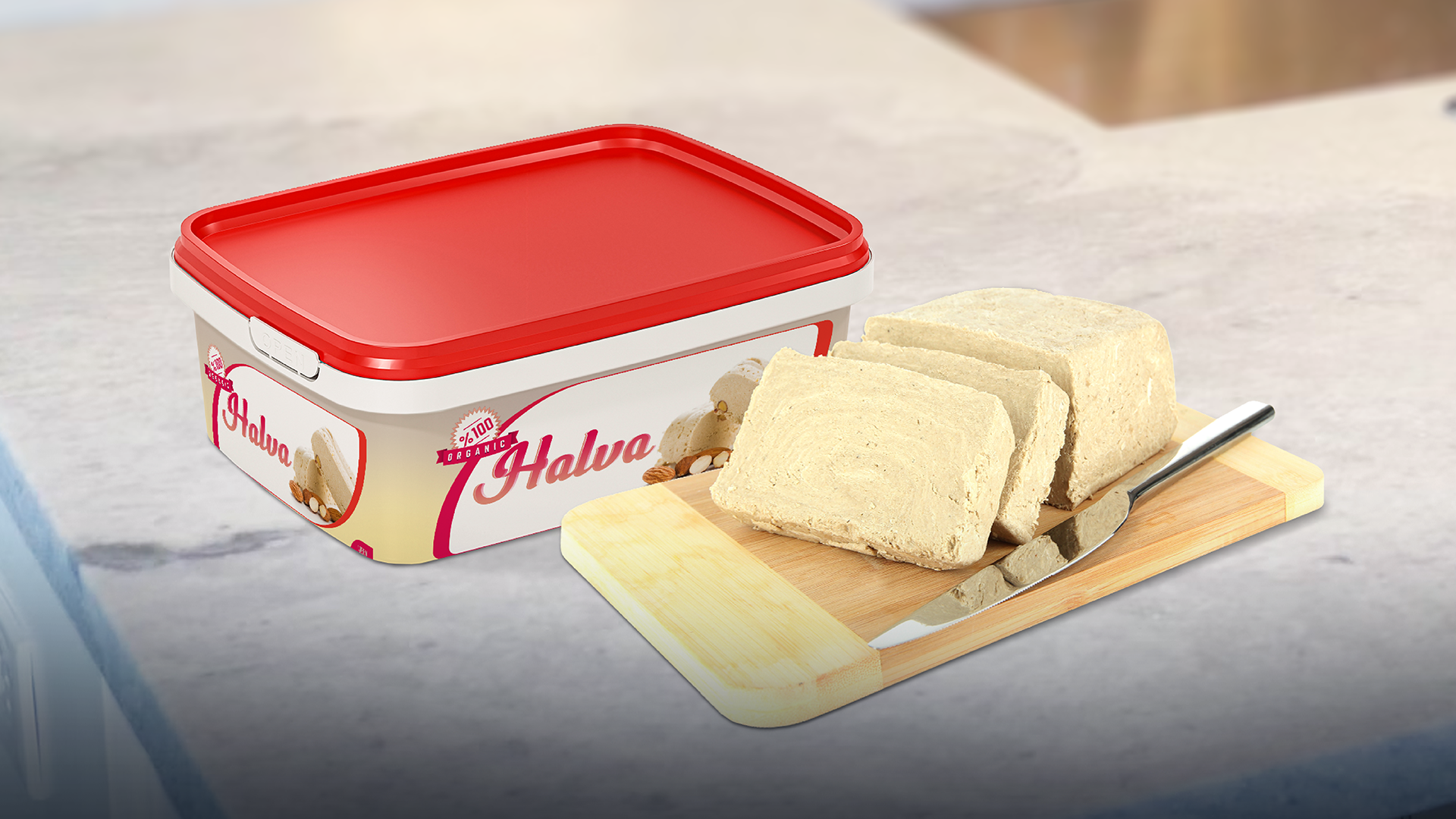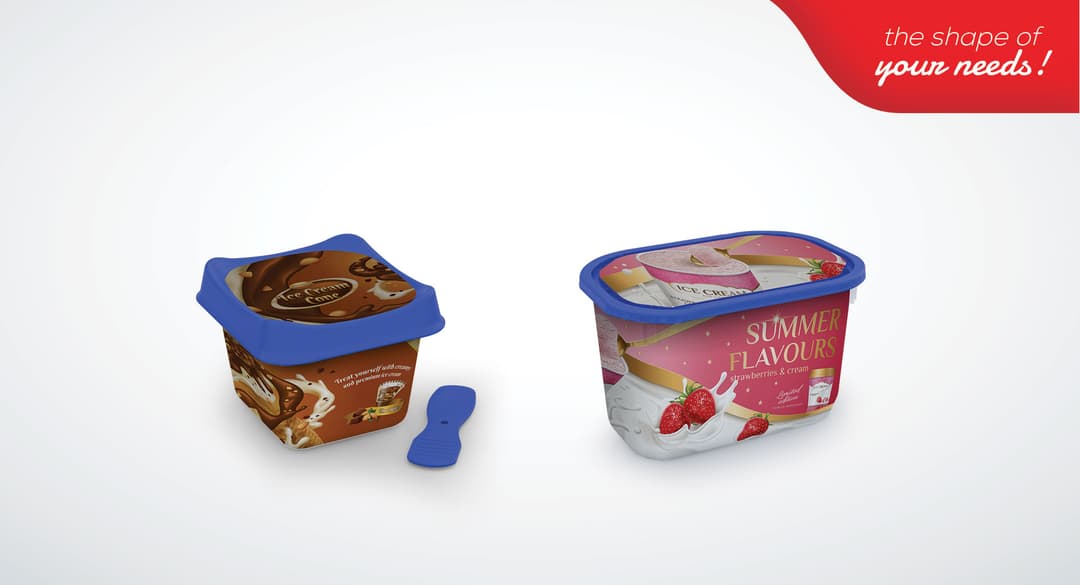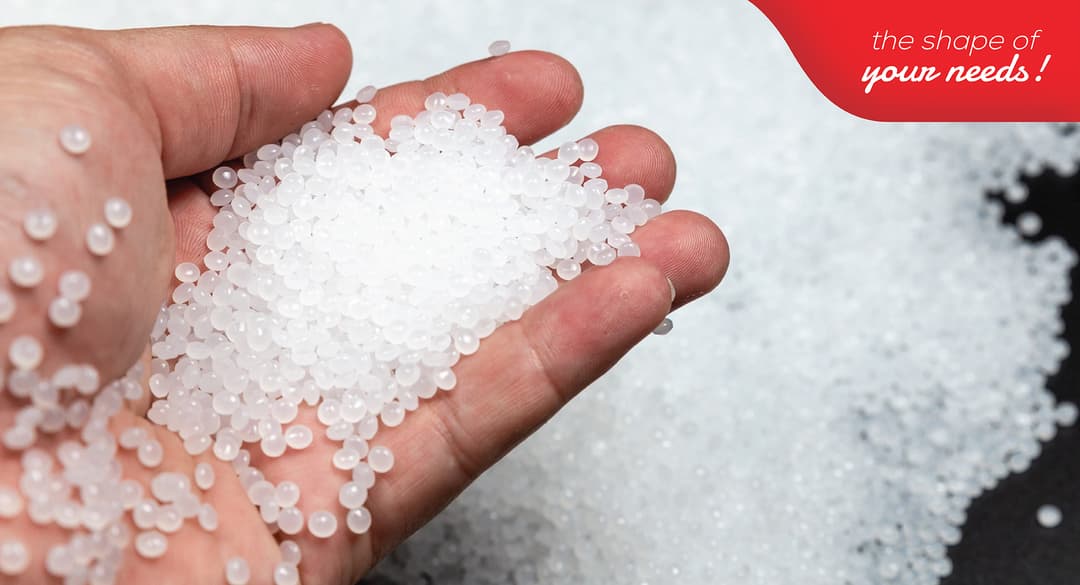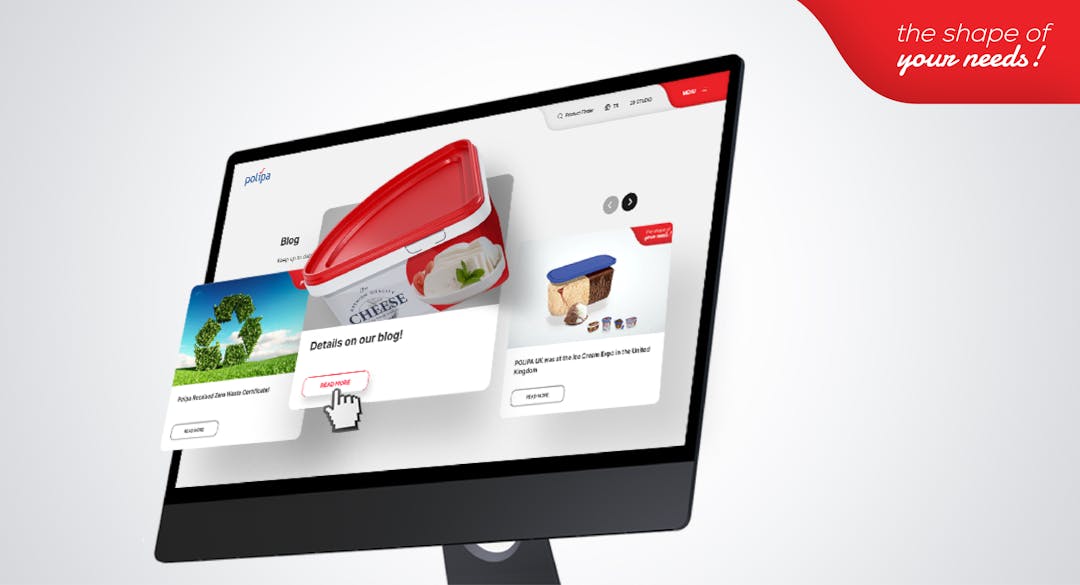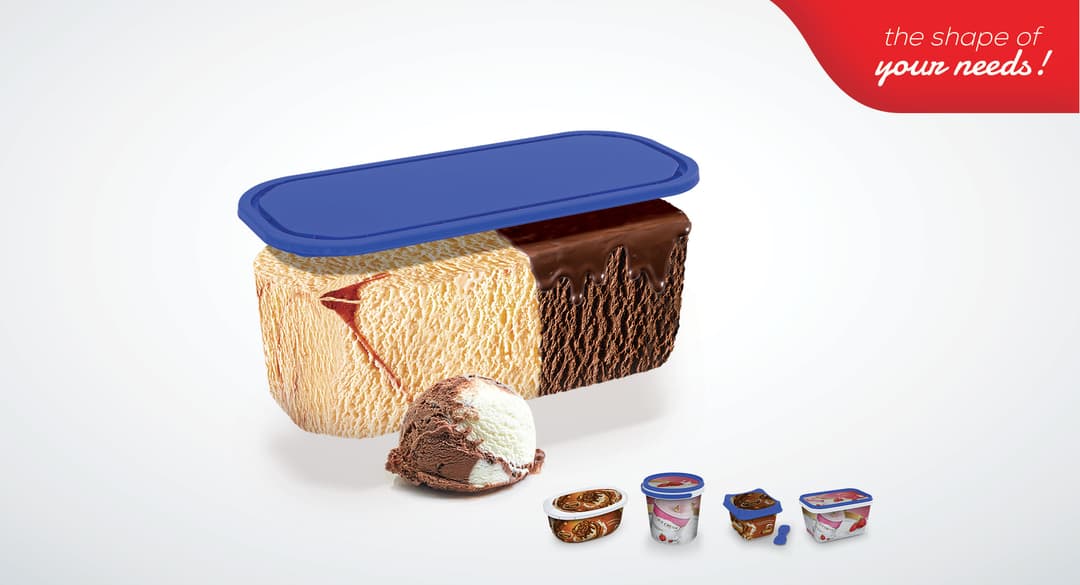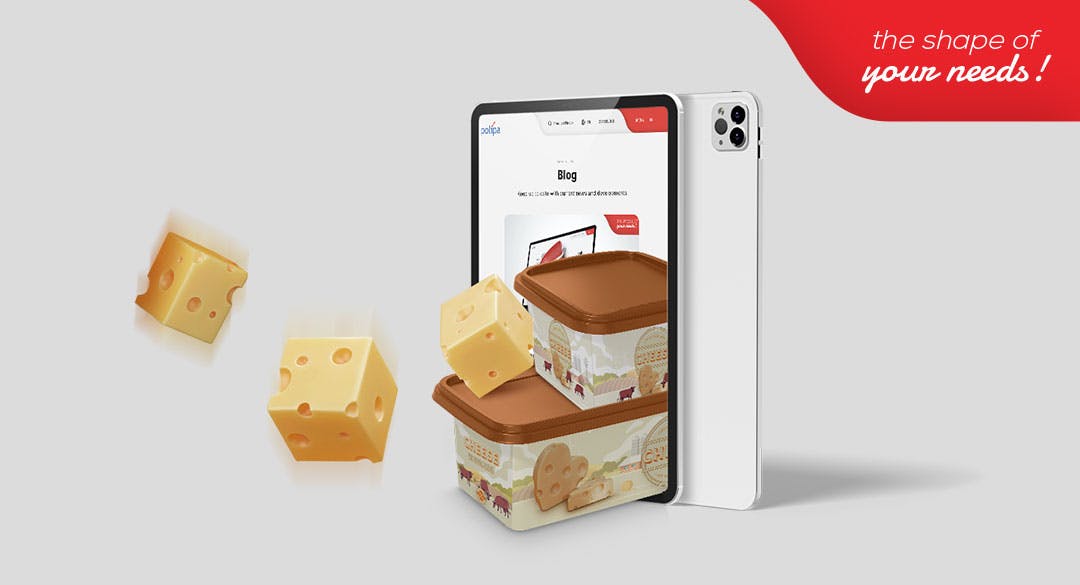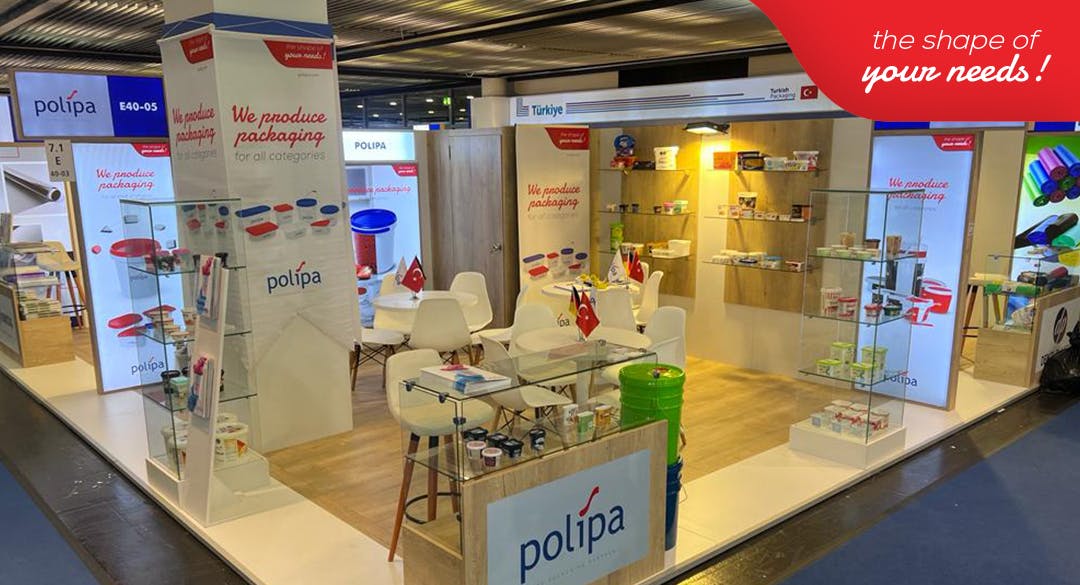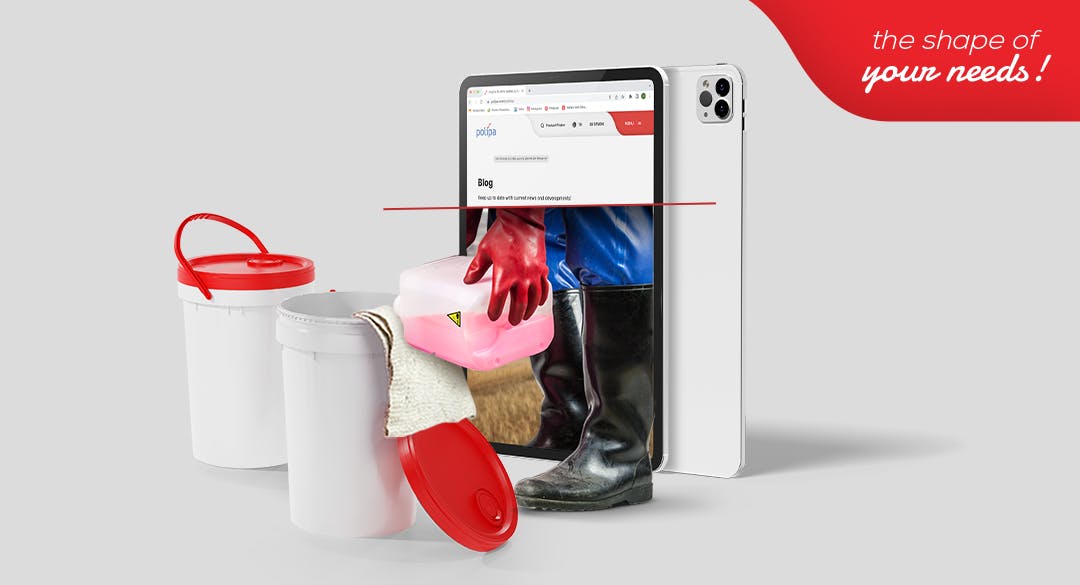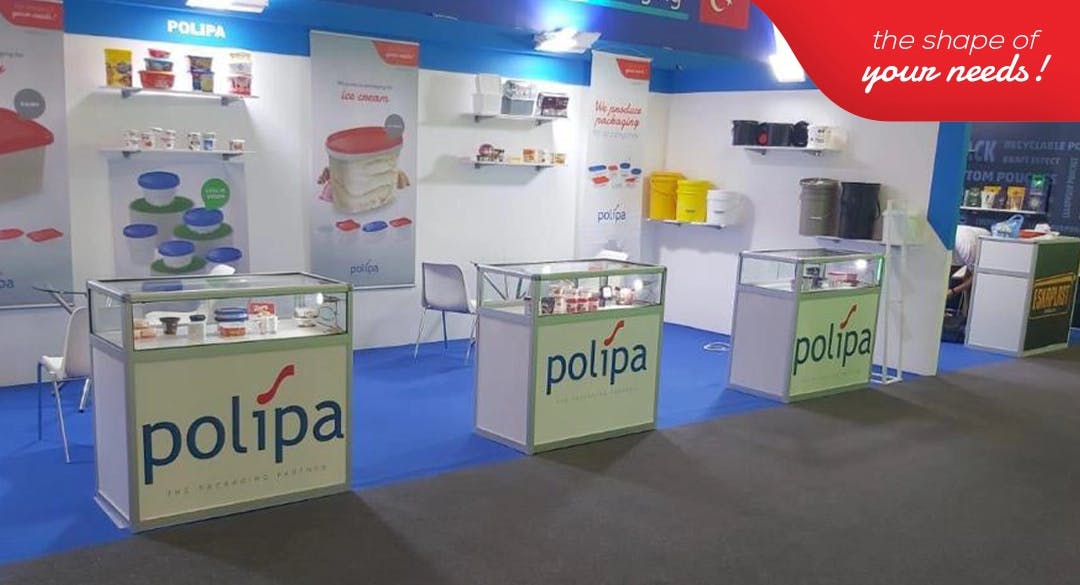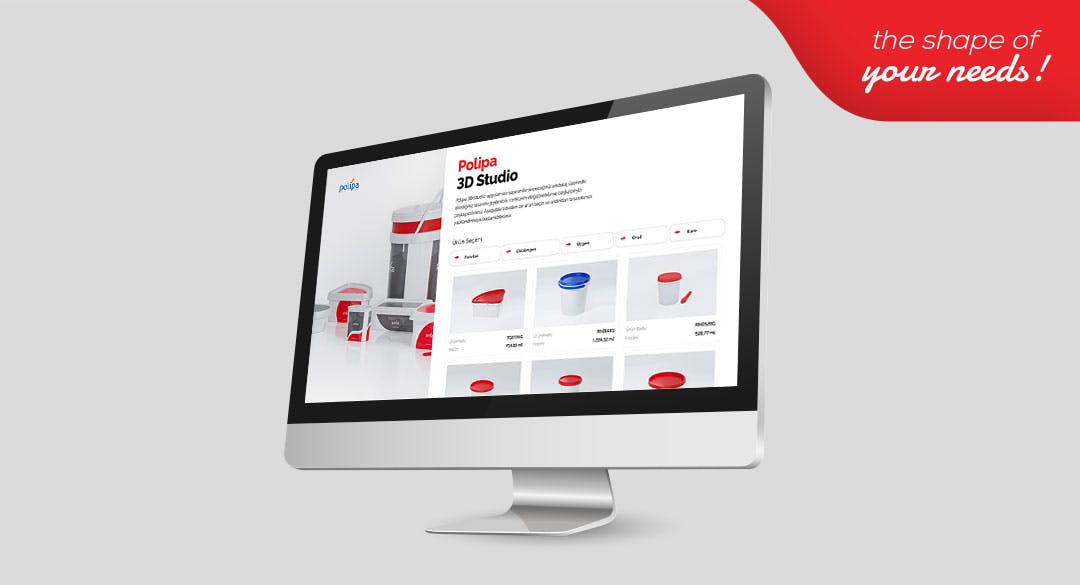Helva Production and Packaging Selection
In our country, various types of halva are widely consumed, with tahini halva being one of the most favored and nutritious options. Typically savored after meals, tahini halva holds a special place in our culinary traditions which is Türkiye.
Tahini is a pure sesame product, made by grinding peeled and roasted seeds without any additives. Tahini contains about 54% oil, 28% high-quality protein, and B vitamins, making it a valuable and nutritious foodstuff.
Tahini halva is prepared by sugar, water, citric acid or tartaric acid, and, if needed, edible glucose syrup, after incorporating tahini. Once the sugar syrup is caramelized and whitened with soapwort, it is blended with tahini using the appropriate technique, kneaded, and supplemented with additives and flavoring agents if required. This results in a solid, homogeneous mixture with a fine fibrous appearance.
Tahini halva can be prepared plain or enhanced with ingredients such as cocoa, nuts, pistachios, walnuts, and dried fruits. Additionally, vanilla and essences can be added for aroma, along with sugar, glucose, or their blend. Some variations may include molasses as well.
The process steps for the production technology of tahini and tahini halva can be explained as follows:
· Production of tahini from sesame seeds,
· Production of malt (syrup for tahini halva),
· Whitening of malt and mixing with tahini to obtain halva dough,
· Mixing and kneading process,
· Molding and cooling process,
· Packaging.
Once cooled and allowed to rest, the products are usually packaged using polypropylene packaging. They are commonly available in packages weighing 40 g, 80 g, 250 g, 500 g, 1000 g, or 2000 g in the market. The packaged products are stored in a cool and dry place.
Click the link to view the halva packaging:
https://www.polipa.com/en/product
The quality and health attributes of the packaging material play a crucial role in packaging selection. It's imperative that the chosen packaging is hygienic, user-friendly, and durable. Plastic containers for halva ensure freshness and preserve flavor integrity. PP (Polypropylene) packaging stands out for its resistance to chemicals, heat, and stress, alongside moderate hardness and glossiness, making it a popular choice for halva packaging.
Manufacturers of plastic packaging produced through injection molding can enhance brand longevity without the necessity of additional labels by employing In-Mold Labeling (IML) technology. With this approach, desired designs can be incorporated inside the mold during product production.
You can read our article below for detailed information about In-Mold Labeling (IML) technology.
https://www.polipa.com/en/blog/what-do-we-mean-by-in-mold-labeling-iml-technology-20
Resources: www.researchgate.net

